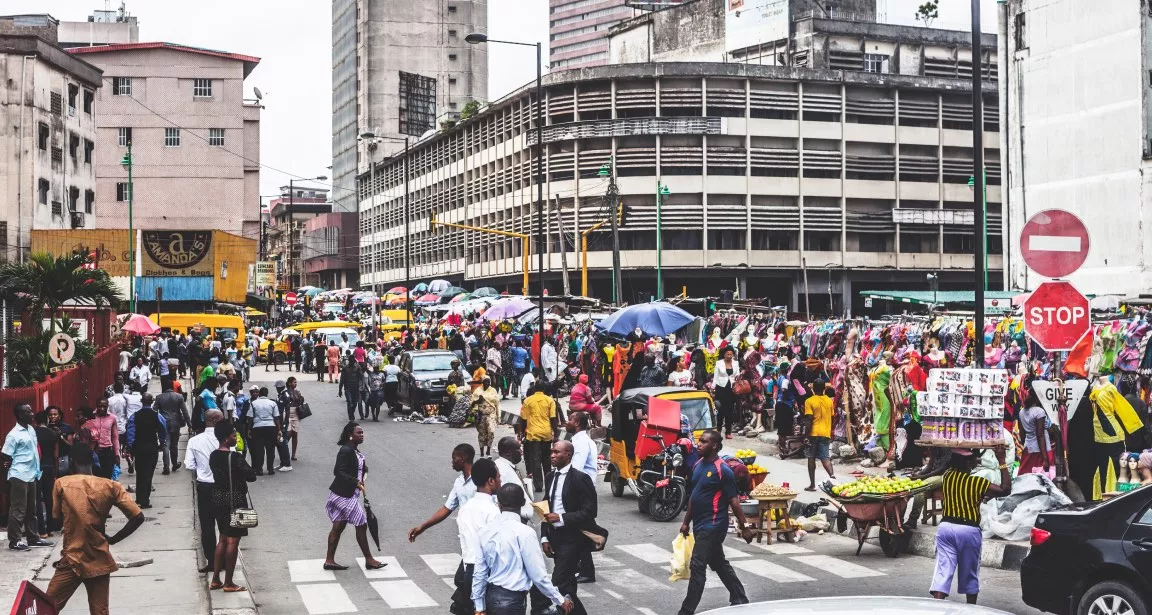Technology, data, and urban health in Africa

Africa is the fastest urbanizing region in the world. Population growth and reclassification of urban areas have driven urbanization over the last 30 years. The United Nations estimates that 56% of people in Africa will live in urban areas by 2050.
During this period of rapid growth, a lack of high-resolution data in some countries has made it difficult to fully understand how cities are shaping health. To understand urbanization in Africa and its impacts on health in the future, we need reliable data now on many factors including, how different countries classify urban areas, changes in population settlements, and the built, social and resource environments.
Definitions of Urban Areas Differ by Country
Countries in Africa have different definitions for urban areas and definitions can be administrative, functional or numerical. For example, Ethiopia defines an urban area as “localities with 2,000 or more inhabitants”, while Chad defines urban areas as “administrative centres of prefectures, sous-prefectures and administrative posts.” These differences are important when making comparisons across countries.
Despite these differences, most urban areas offer the same advantages which include employment and educational opportunities, and are filled with young people. More than two-thirds of people living in urban areas are younger than 30. These urban dwellers face many health-related challenges, some of which are unique to their specific region while others are similar to those faced by people in cities in other parts of the world. These include poverty, air pollution, crime and lack of housing, all of which are determinants of health.
Determinants of Housing and Health in Cities
Take housing, for example. The forceful removal (or evictions) of people from their places of residence due to cost can disrupt neighborhood social networks which can negatively affect the residents’ mental health. Researchers have linked poor housing conditions, which include overcrowding, poor ventilation, and pest infestation, to health conditions (such as, asthma) and increased risk of exposure to infectious diseases (such as, tuberculosis). Housing and health can often go hand-in-hand.
But the scale and perception of housing availability differ across cities. For example, 19% of survey respondents in the city of Kano, Nigeria and 25% in Kumasi, Ghana reported that it was challenging to find affordable and safe housing. While, 78% of respondents in Accra, Ghana and Dakar, Senegal reported the same. These differences in the availability of affordable and safe housing can be due to many factors including, differences in the city’s size and the availability of opportunities.
A major reason for the shortage of housing in many cities, is the lack of housing infrastructure. Governments have not been able to keep up with urban population growth. Many African cities lack adequate housing development, increasing the number of urban dwellers who live in slums. In addition to poor housing and health conditions, people who live in slums also have limited access to health services, water, sanitation and food.
Using Technology to Get Better Data
To address housing and health needs and to better understand settlements in urban areas, we need better data. Census data that can provide information on housing quality is not always easily accessible. To remedy this lack of data, many innovative projects have been developed across the continent, focused on using sensors, satellite images, and other data streams to support policymaking and development.
I am working with researchers in Africa to explore the use of non-traditional data sources to study settlements, spatial inequality and how it relates to health outcomes. As new infrastructure, such as, housing, malls, and hospitals, are introduced into neighborhoods, they can reshape existing community structures including neighborhood networks. These developments can provide or restrict access to various resources. All of these changes will have long-term impacts on the determinants of health.
If we want to have a fine-grained view of how health is changing in urban areas in Africa, we need to start documenting what health looks like now, so that in 50 years, we can say this is how settlements have changed and this is how health outcomes have evolved with those changes.
Dr. Elaine Nsoesie is an Assistant Professor at the Boston University School of Public Health Department of Global Health. She applies data science methods to global health problems using digital data and technology to improve health, particularly in the realm of surveillance of chronic and infectious diseases.




